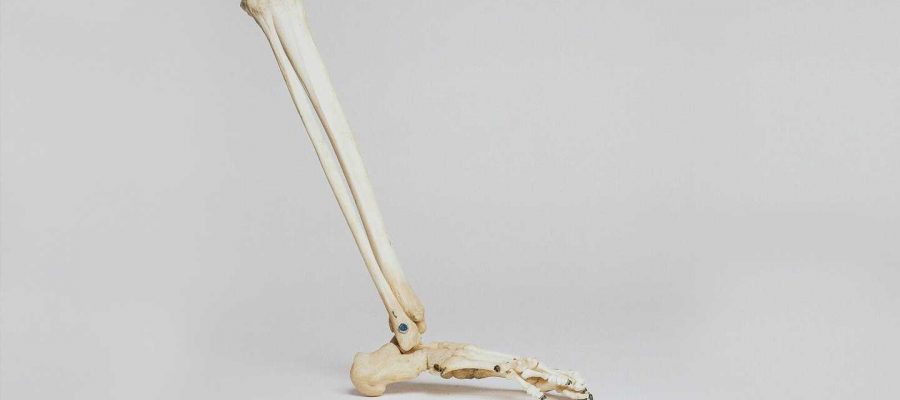
Channels on the surface of bone cells called osteocytes help build stronger bones in response to mechanical stress, shows a study published today in eLife.
This discovery may help scientists develop new treatments for osteoporosis or other conditions that contribute to bone loss in patients.
Physical activities that exert mechanical stress on the bones stimulate new bone growth. Osteocytes, which make up 90–95% of all bone cells, help detect mechanical stress on the bone. They then regulate the breakdown of weakened bone by cells called osteoclasts and the build-up of new bone by cells called osteoblasts.
“Previous research has shown that mechanical stress on bones increases the number of channels on the surface of osteocytes, called connexin (Cx) 43 hemichannels,” explains first author Dezhi Zhao, a visiting Ph.D. student at the University of Texas Health Science Center at San Antonio, Texas, US. “In this study, we wanted to examine the role that these channels play in responding to mechanical stress on bones.”
To do this, Zhao and the team studied two types of mouse models. In one, the connections between the bone cells, called gap junctions, were impaired but Cx43 hemichannels were strengthened. In the other, both gap junctions and Cx43 hemichannels were impaired. The team then tested what happened to the bone of these mice, as well as typical mice, when exposed to mechanical stress.
They found that a chemical called prostaglandin (PGE2) was produced in both the typical mice and the gap junction-impaired mice in response to mechanical stress, and their bones became stronger. On the other hand, this response was lacking in the Cx43 hemichannel-impaired mice.
To confirm that Cx43 hemichannels are essential to bone strengthening, the team then gave typical mice an antibody that blocks Cx43 hemichannel activity. They found that this also stopped the animals from releasing PGE2 and reduced bone strengthening in response to mechanical stress. But treating the same mice with PGE2 restored the bone-strengthening effects of mechanical stress.
Existing treatments for osteoporosis generally target osteoclasts that break down weakened bone and work by reducing bone turnover. This can inadvertently lead to more brittle bones over time and has been associated with some rare but serious side effects. The current study suggests that targeting Cx43 hemichannels on osteocytes might be an alternative treatment option that uses the body’s own response to mechanical stress.
Source: Read Full Article
